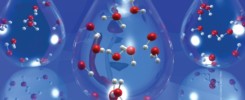Properties of living things and homeostasis
Previous articleReduce Omega 6 Fats to Reduce Inflammation Next article Water and how macromolecules are made
Next article Water and how macromolecules are made
 Next article Water and how macromolecules are made
Next article Water and how macromolecules are made
Subscribe
Login
0 Comments